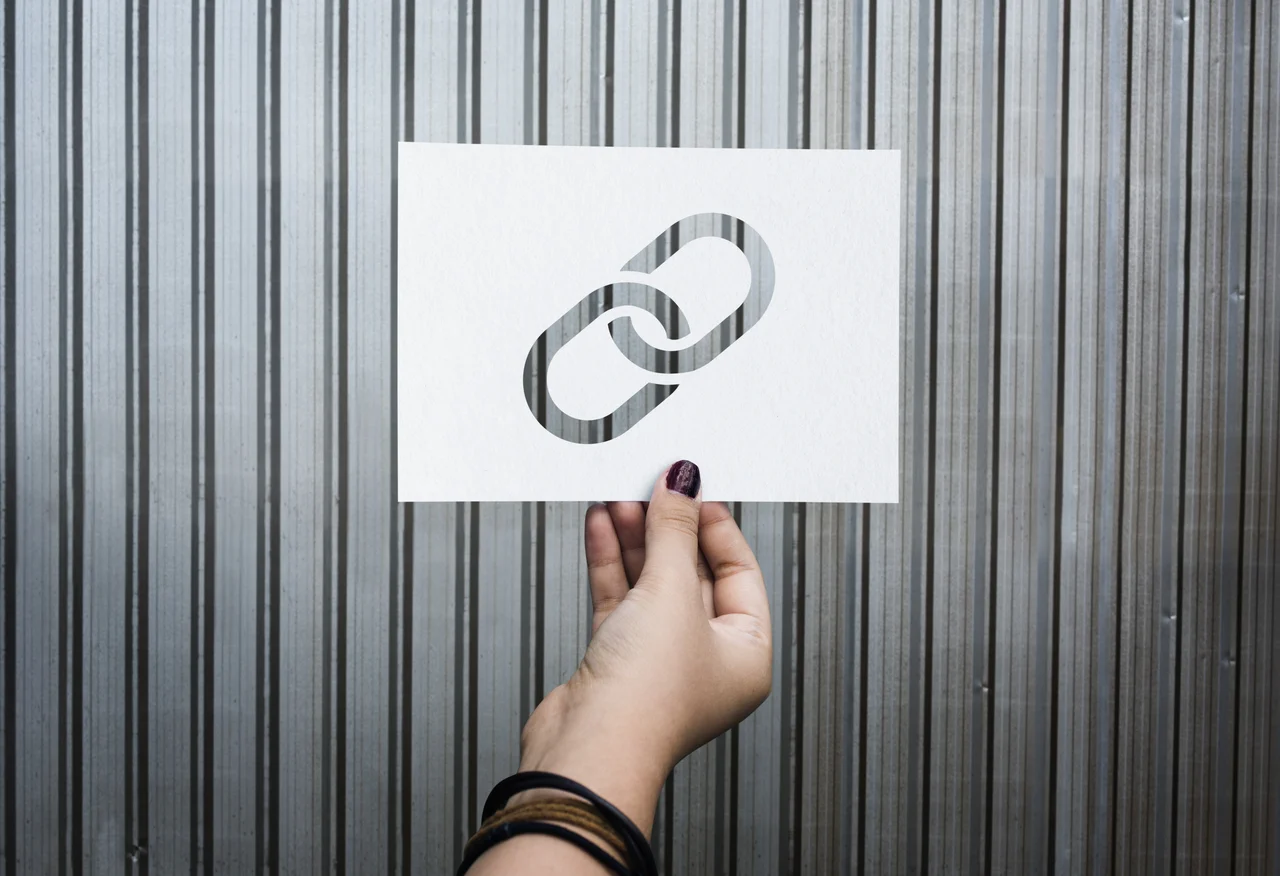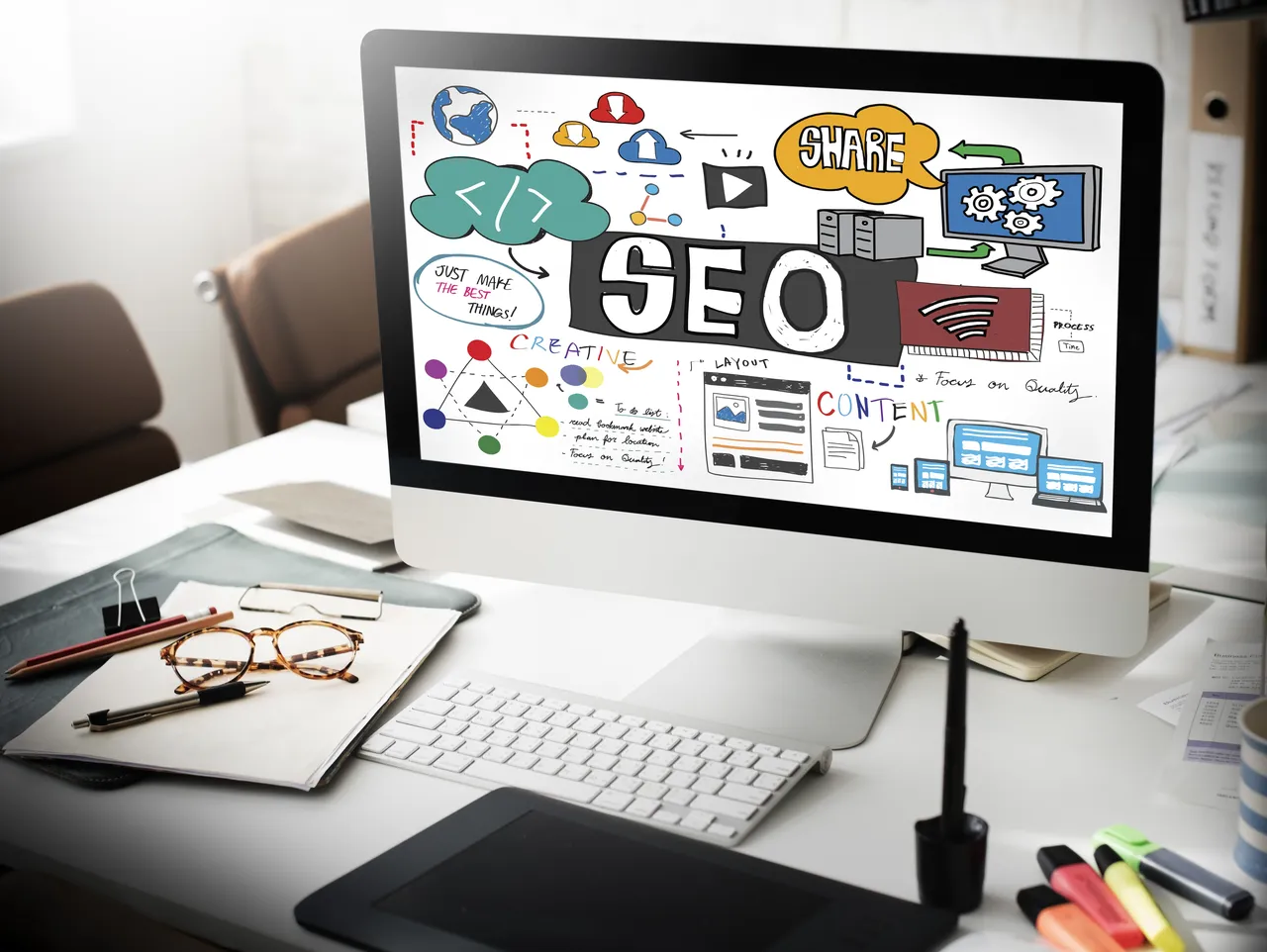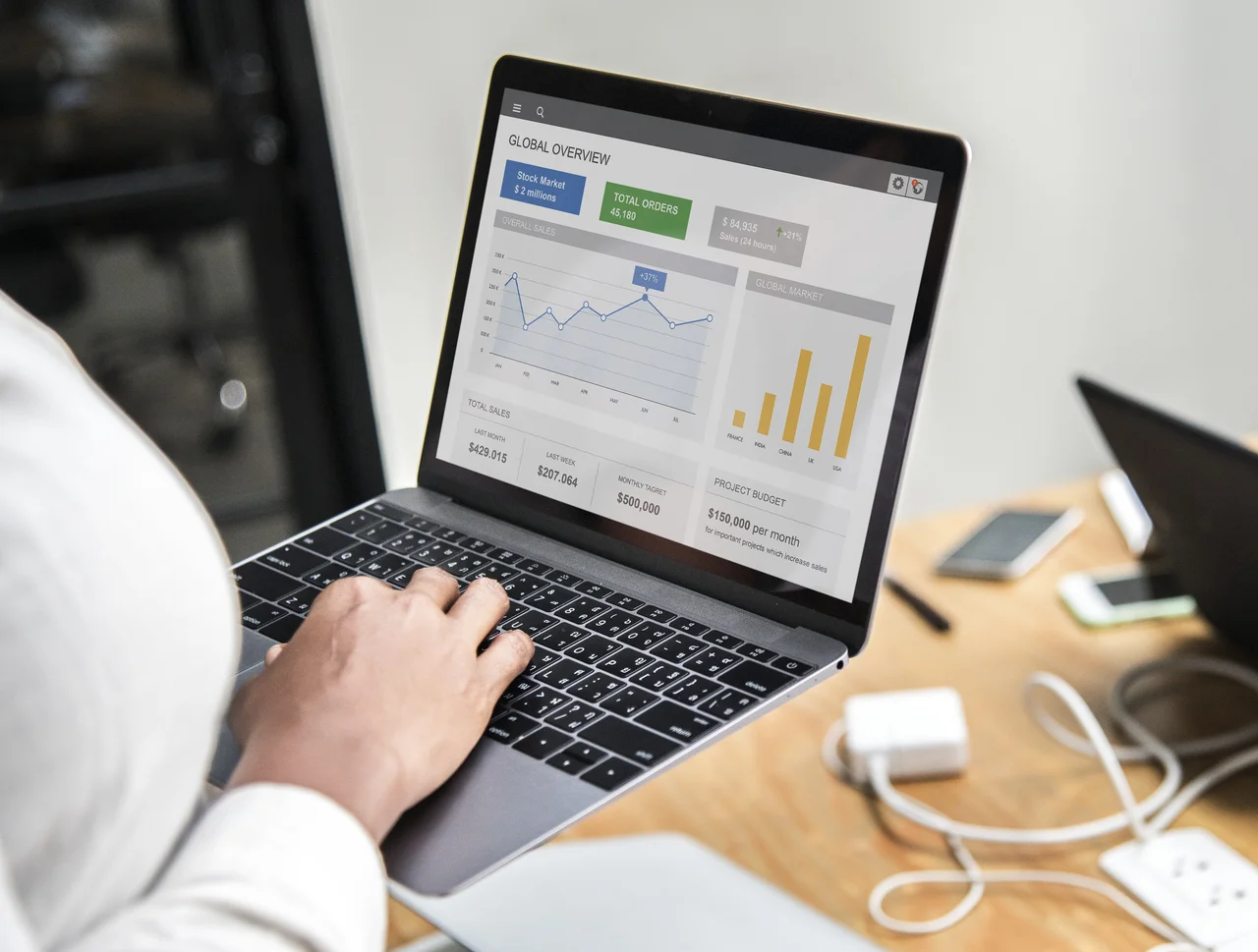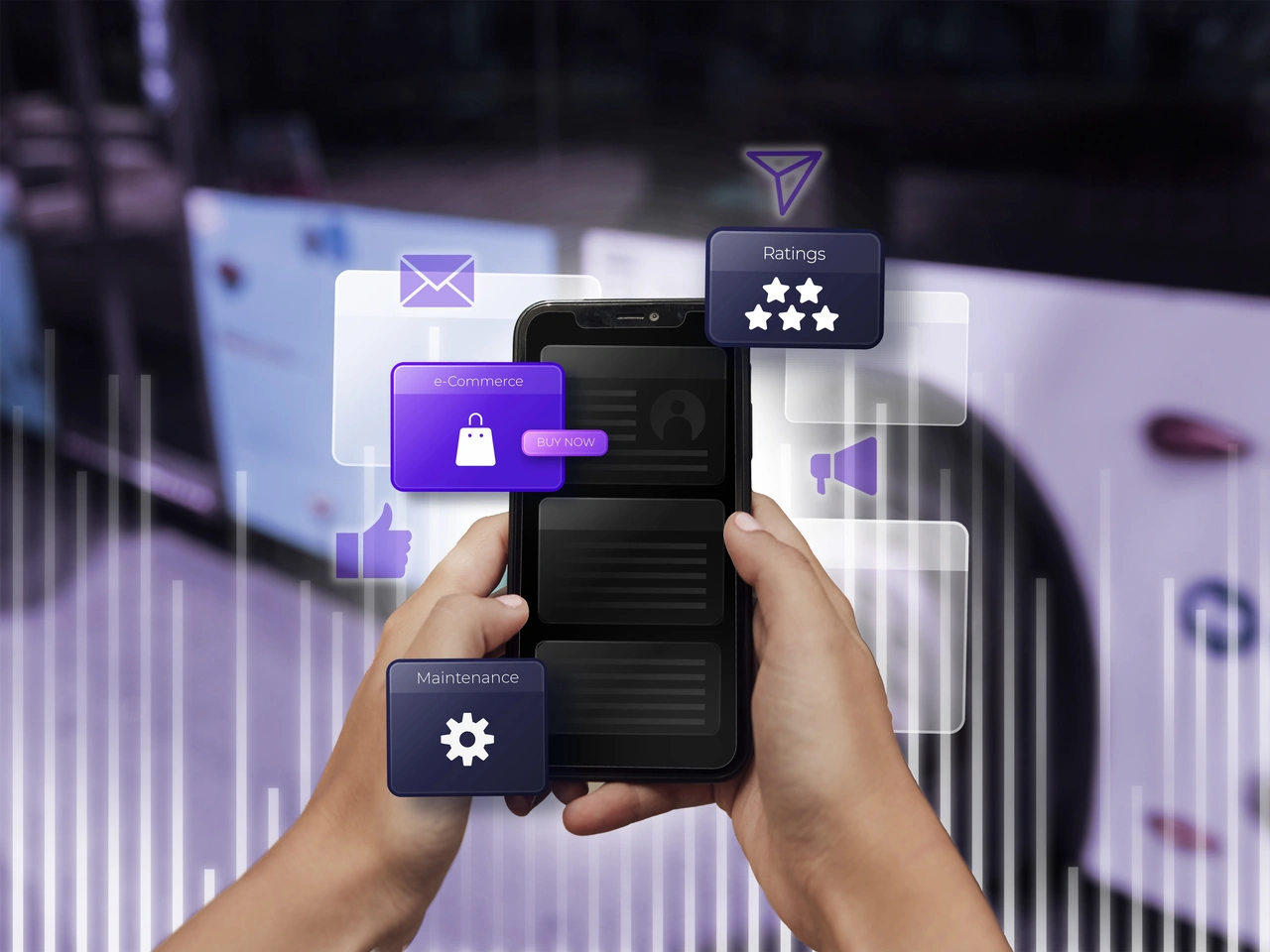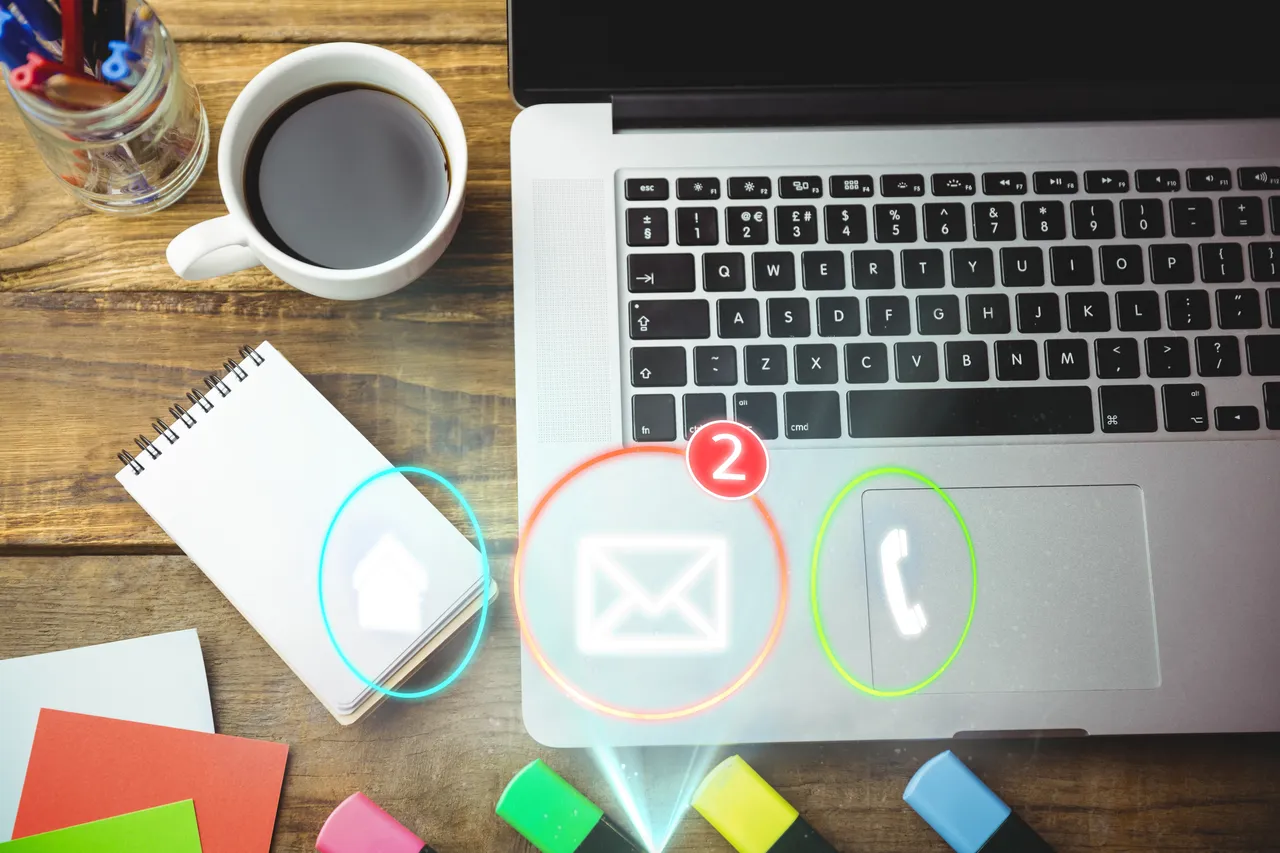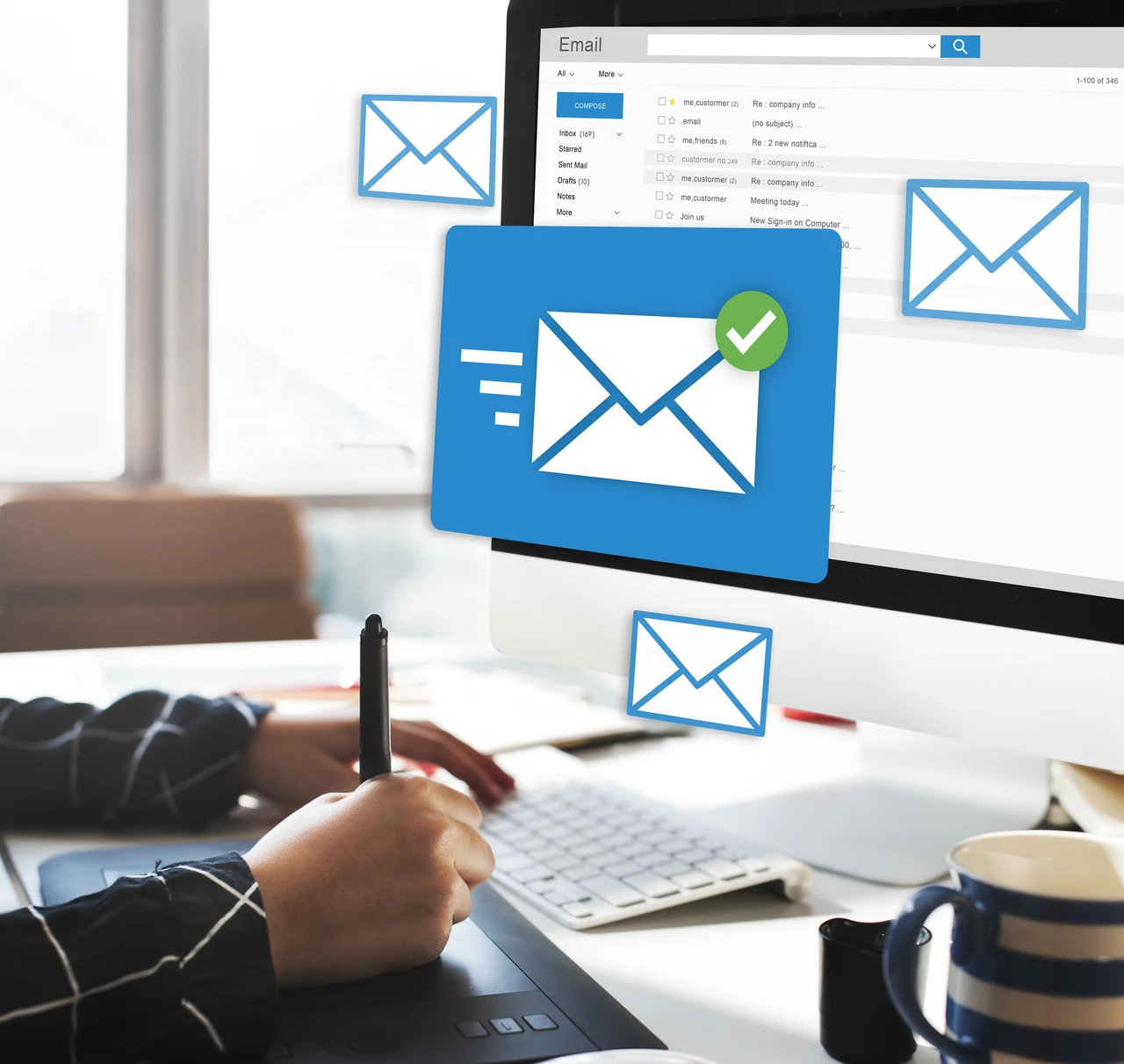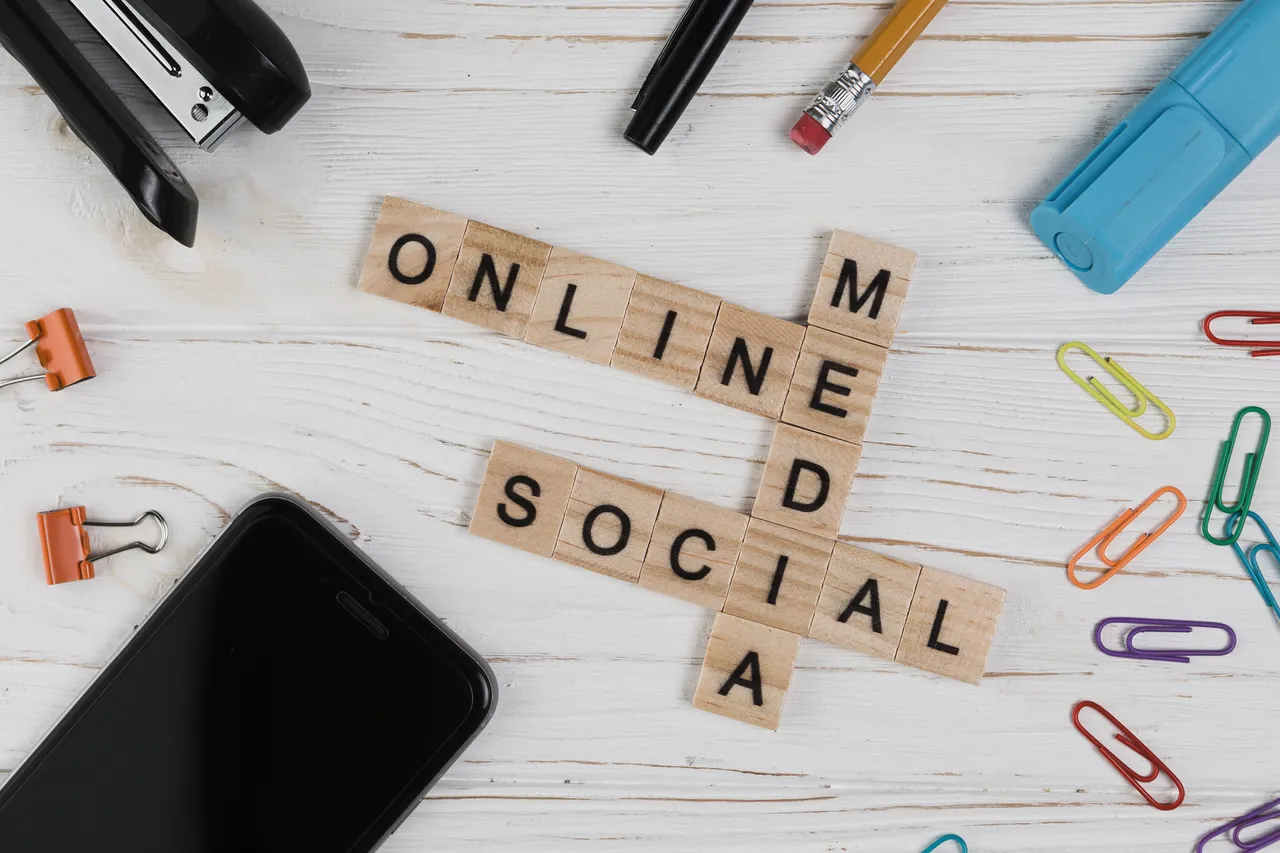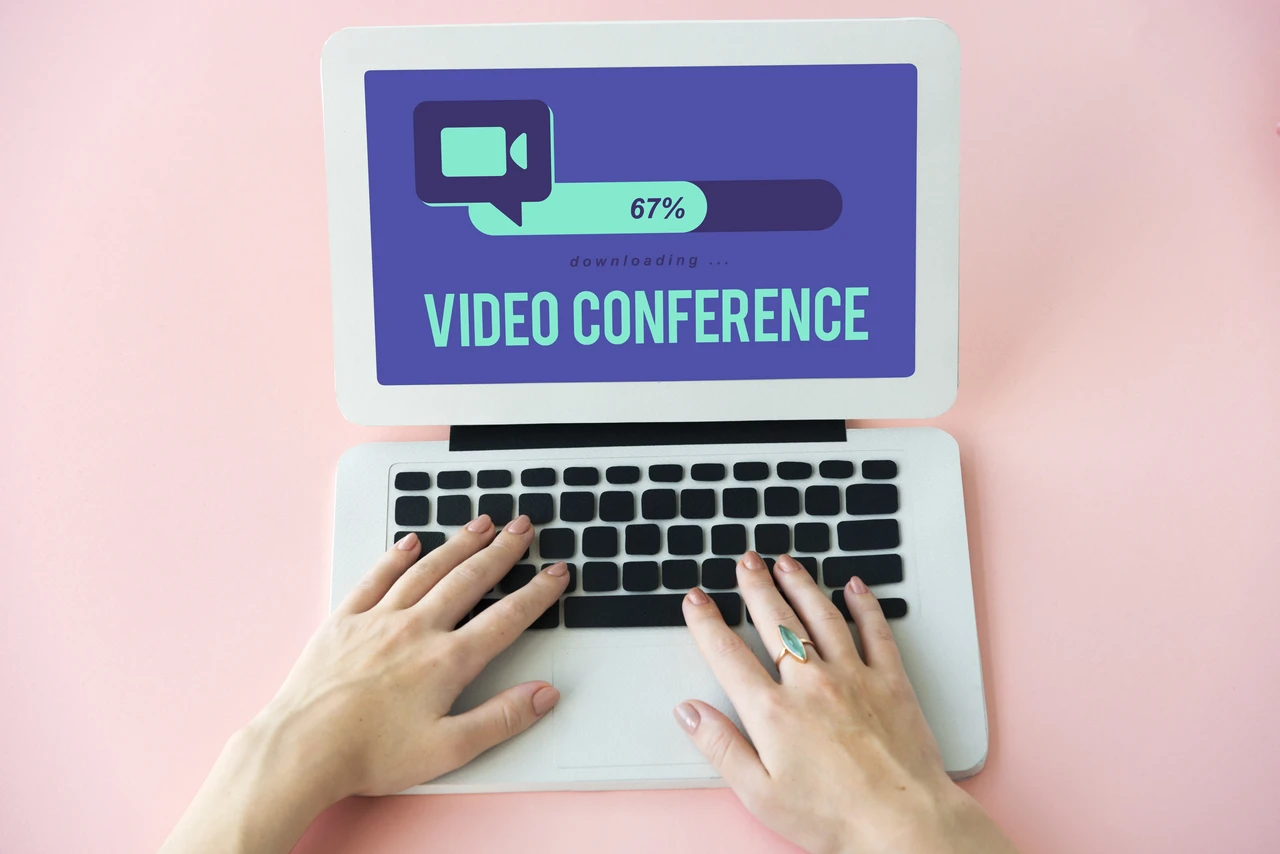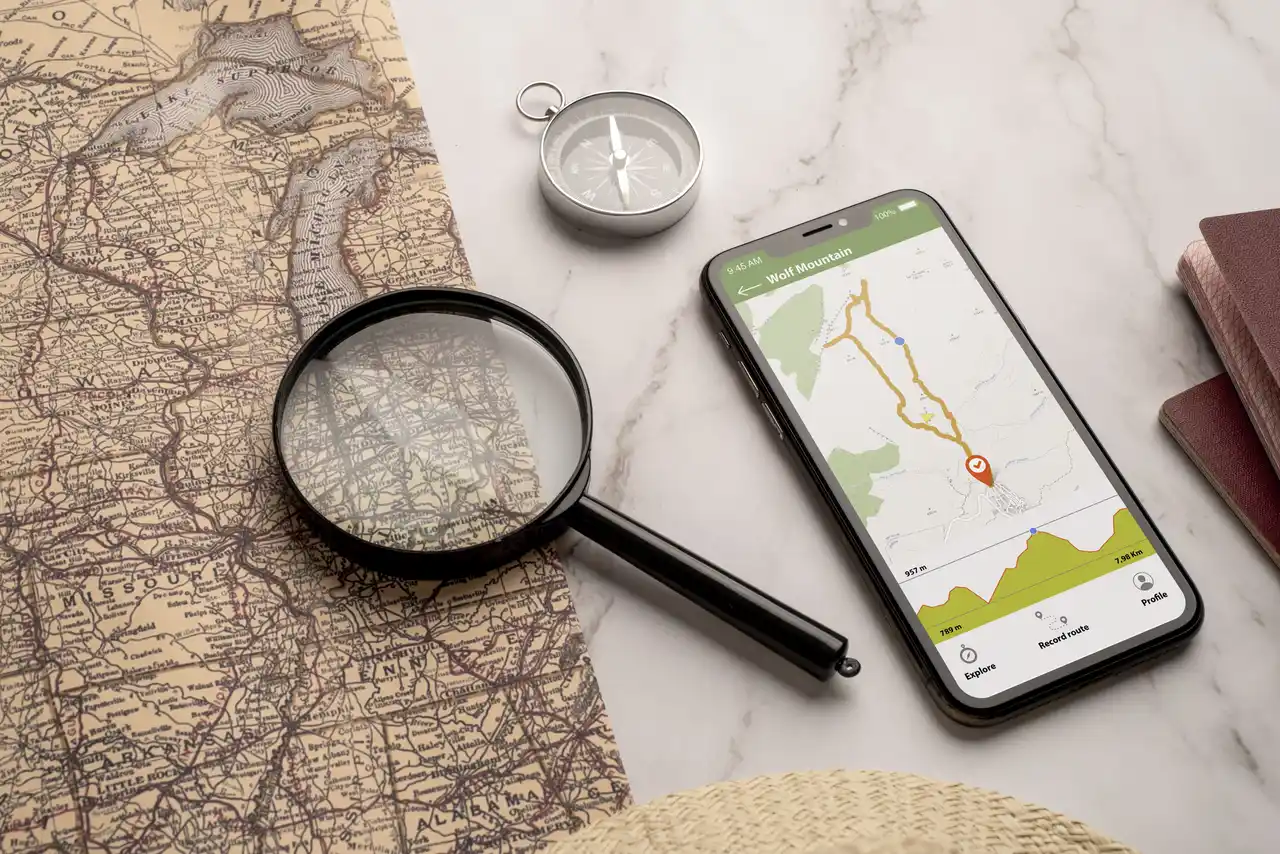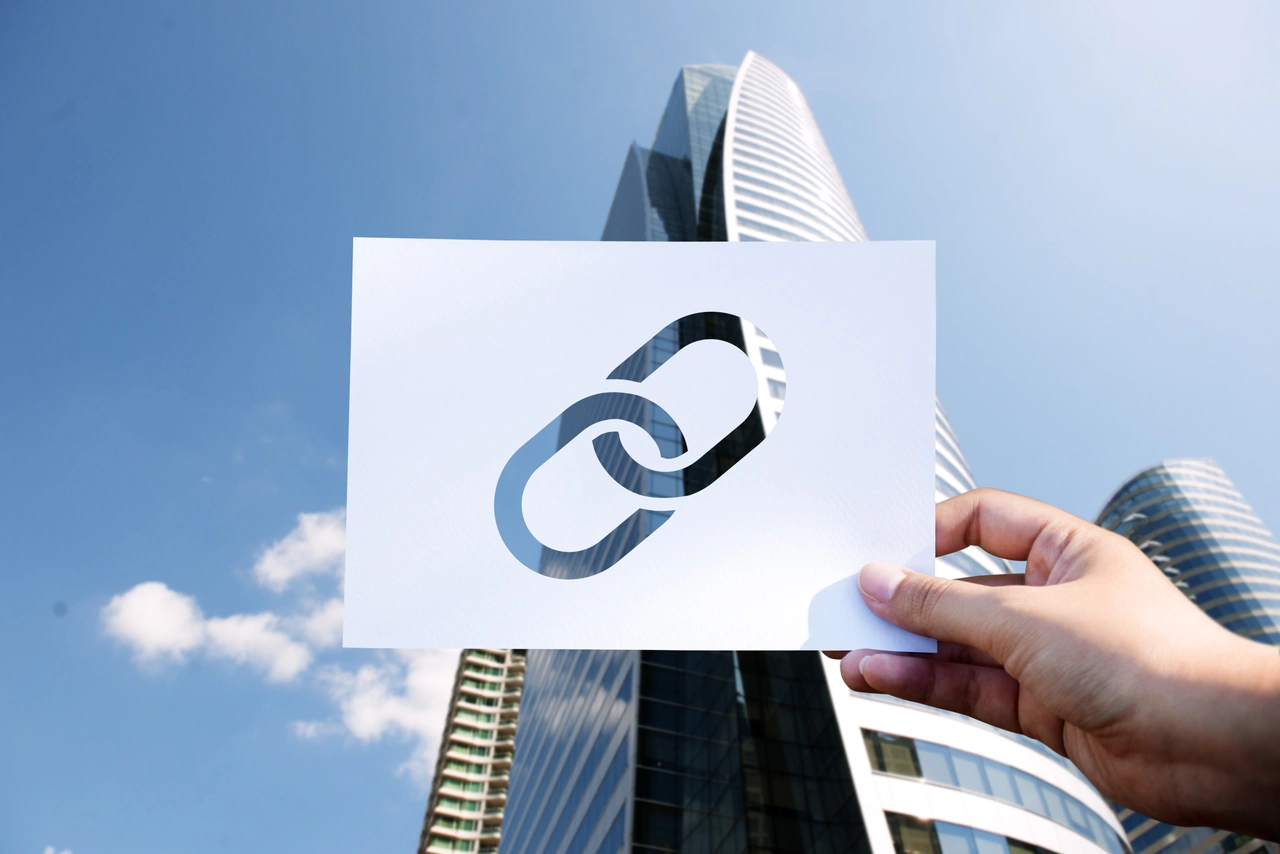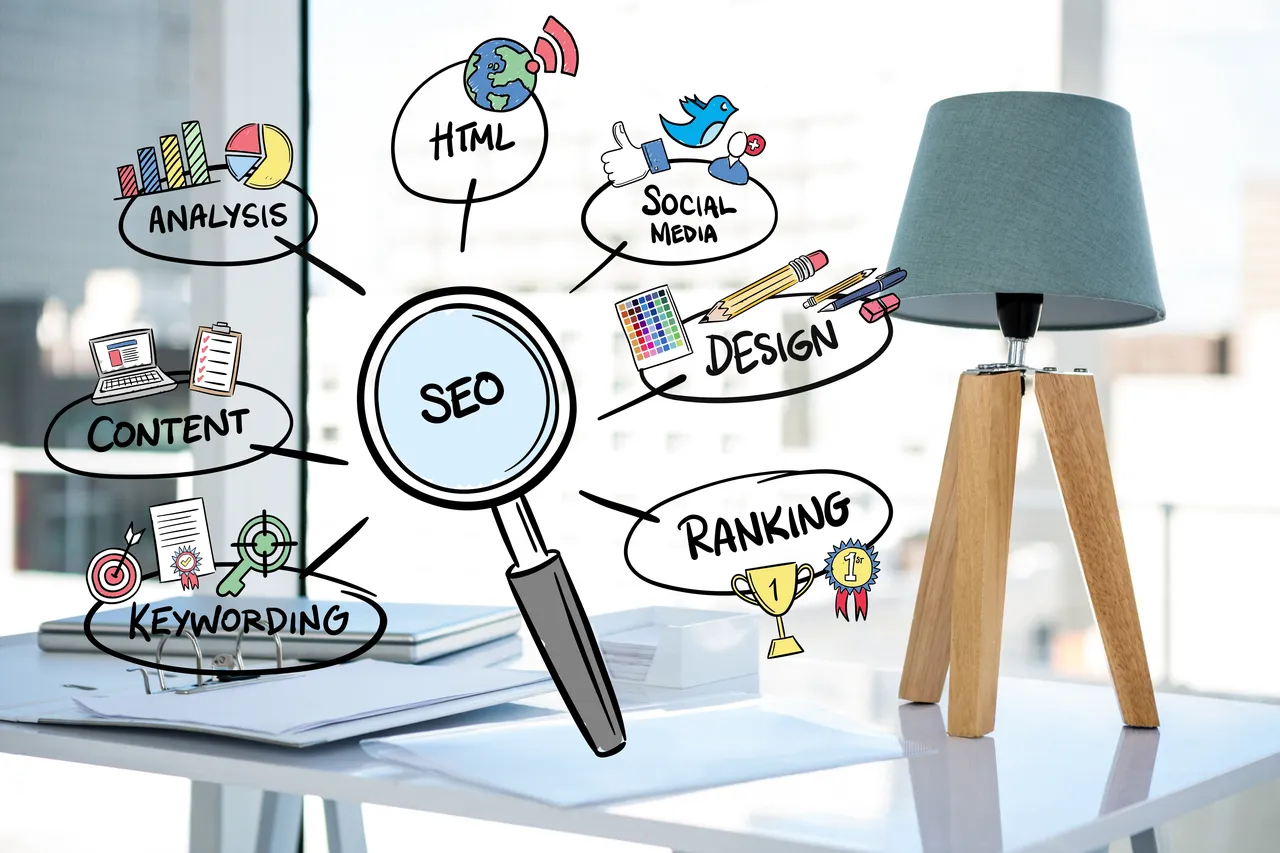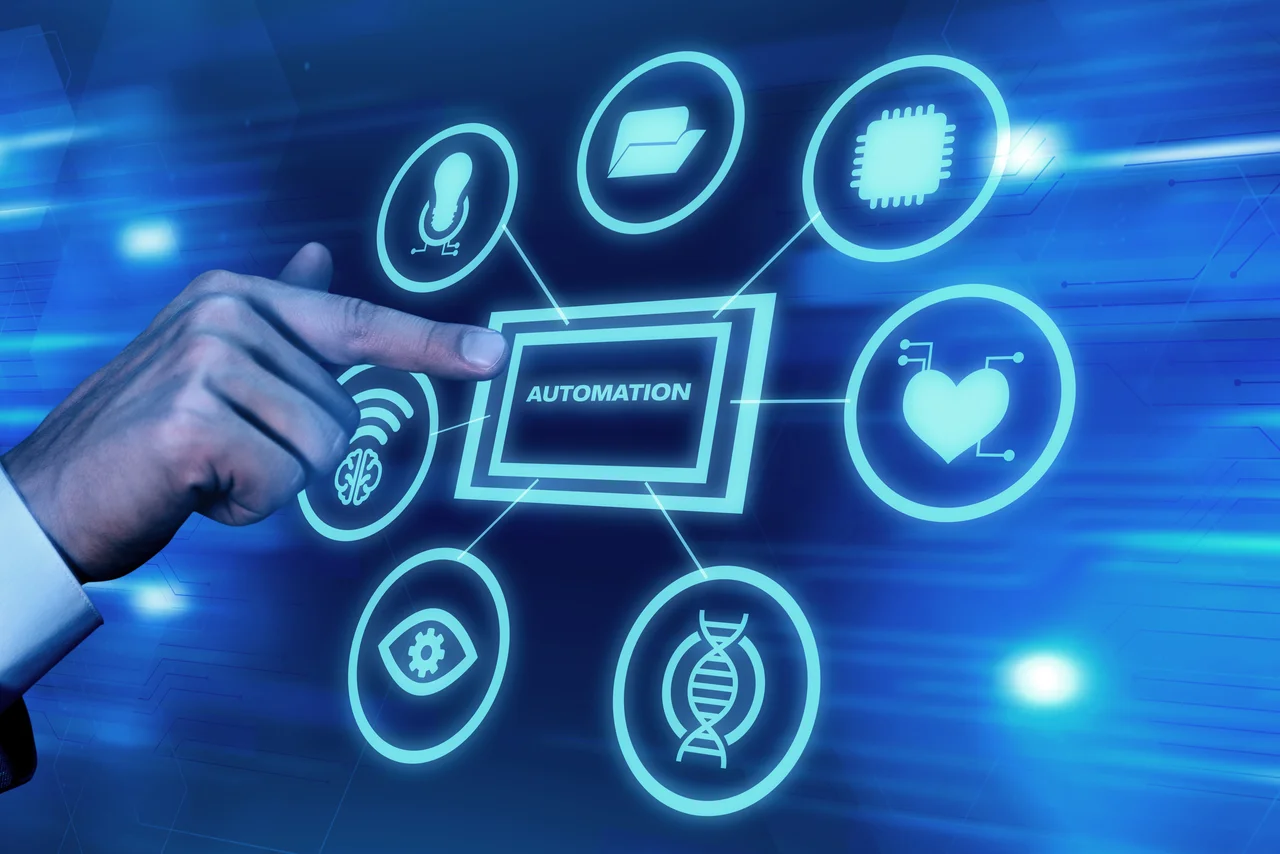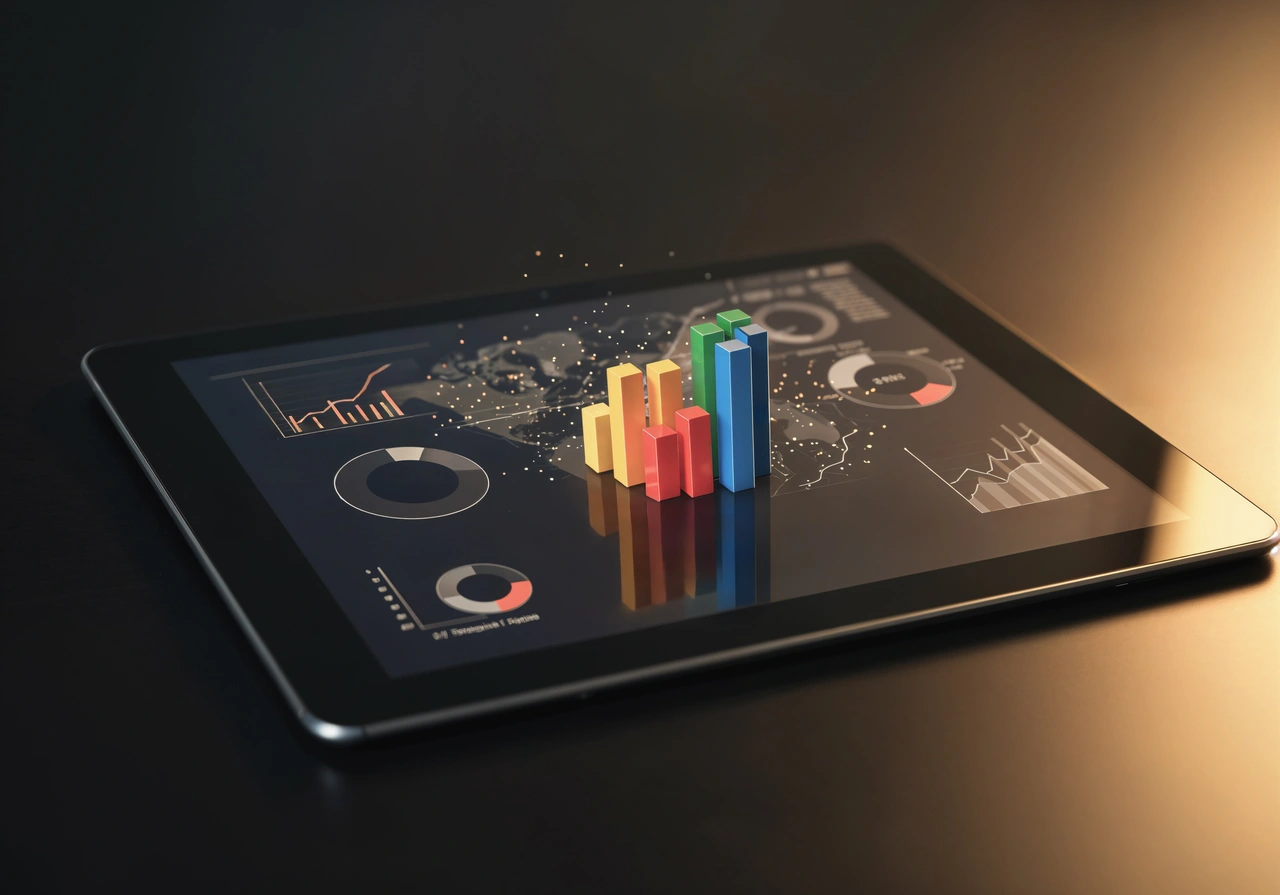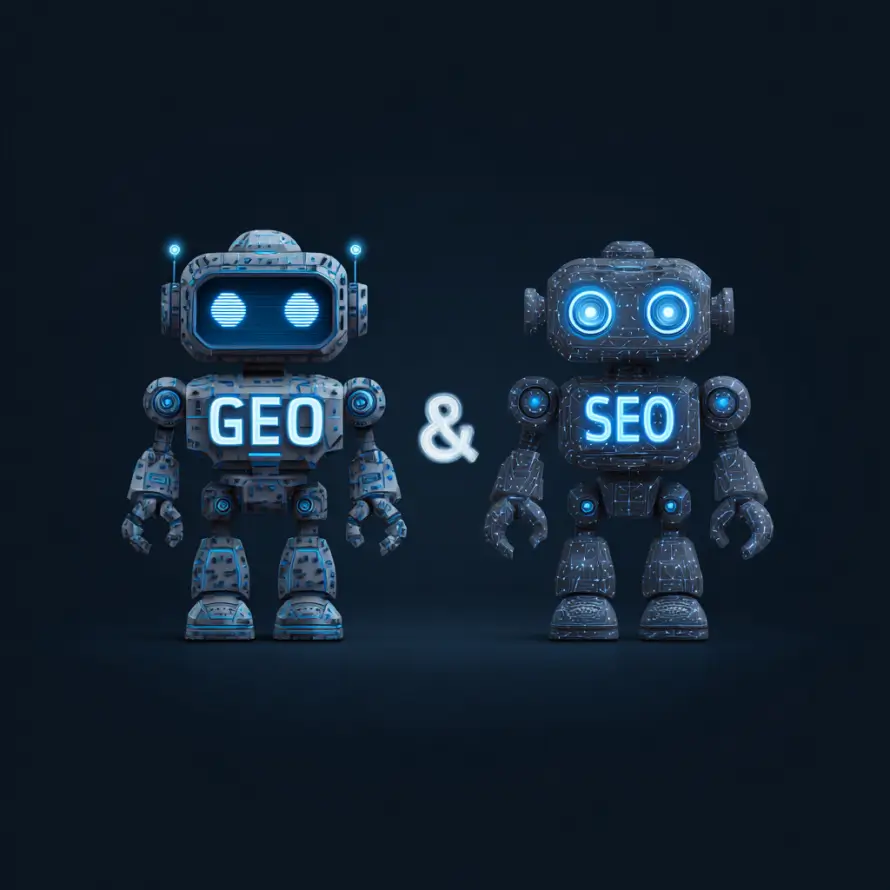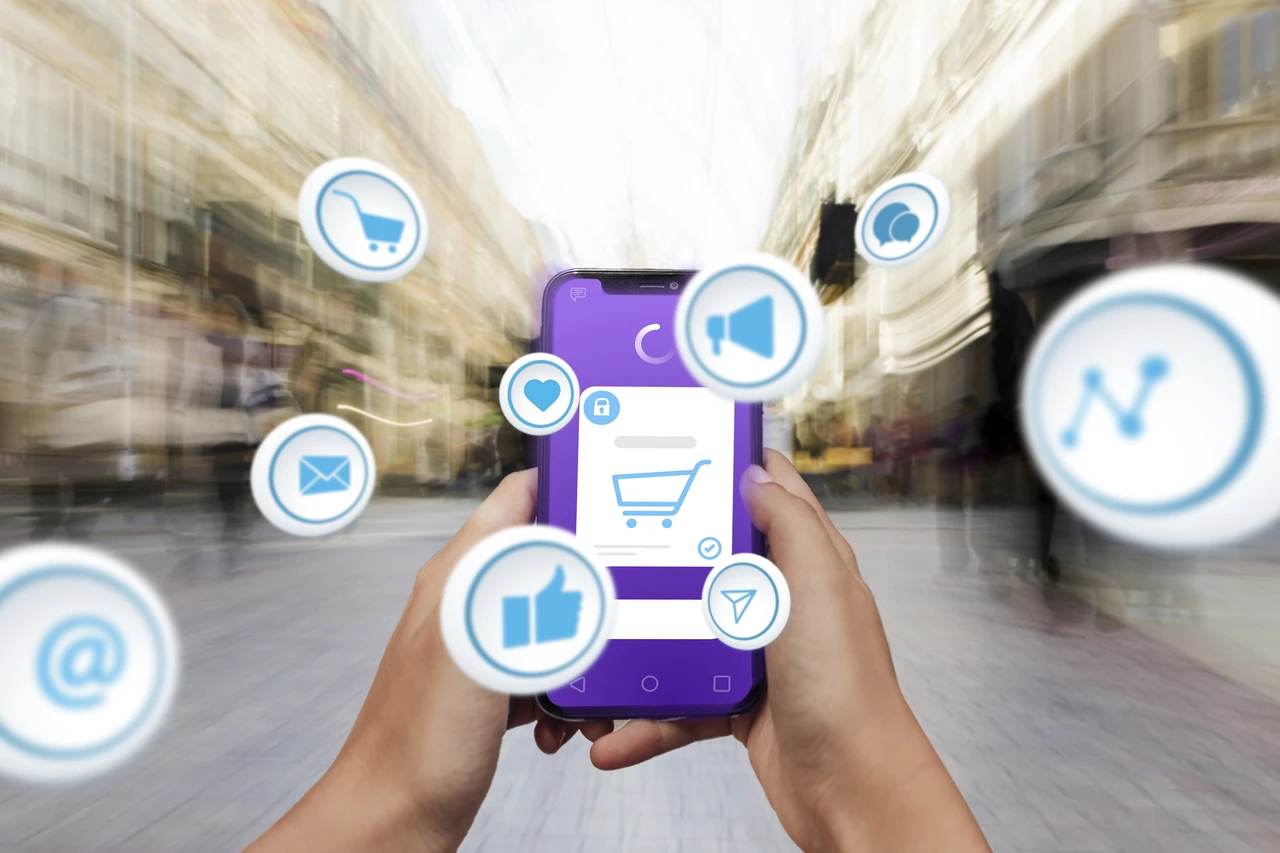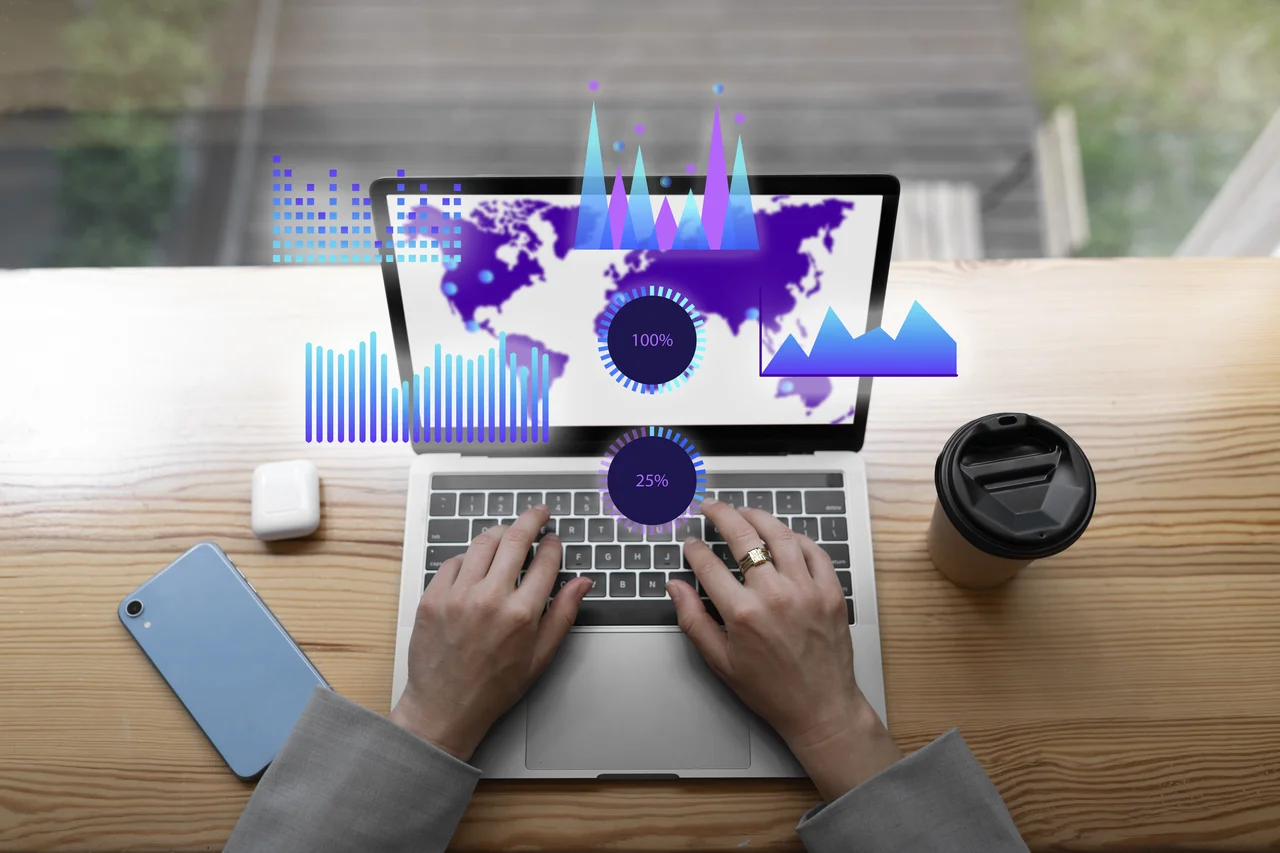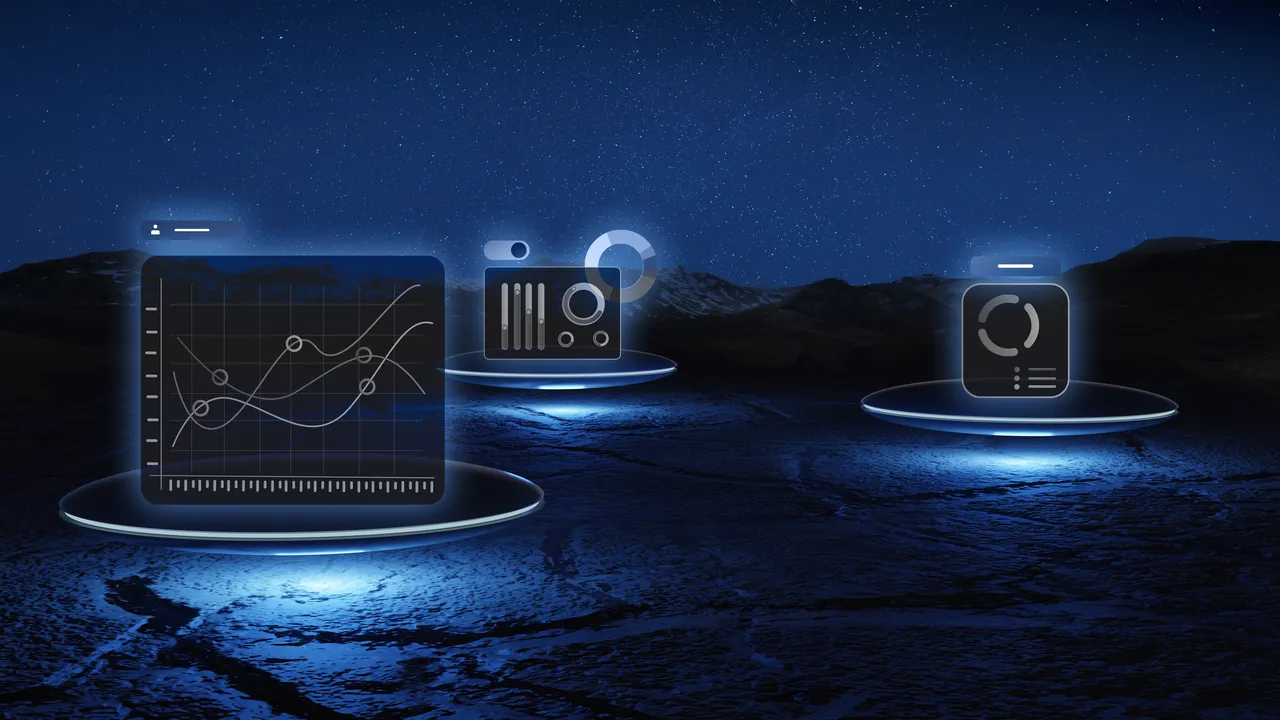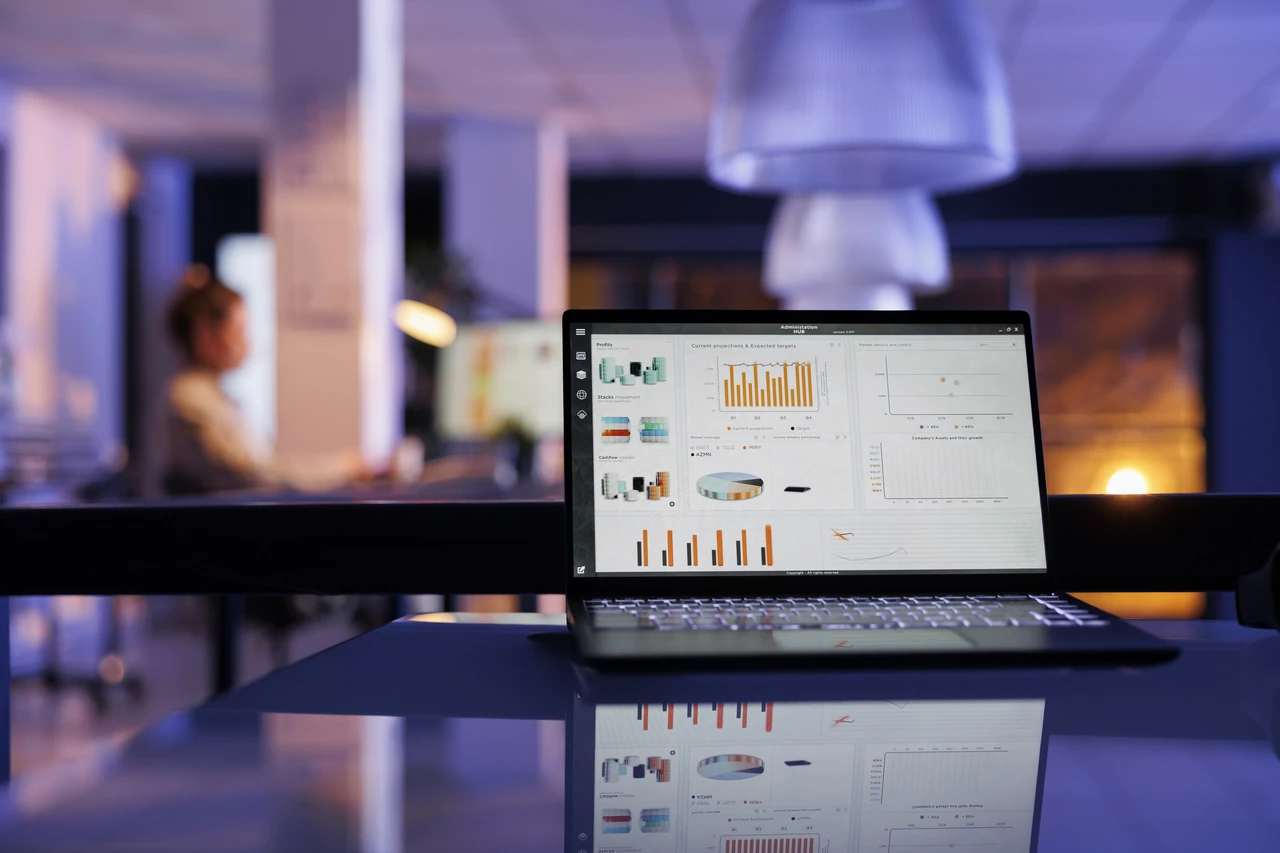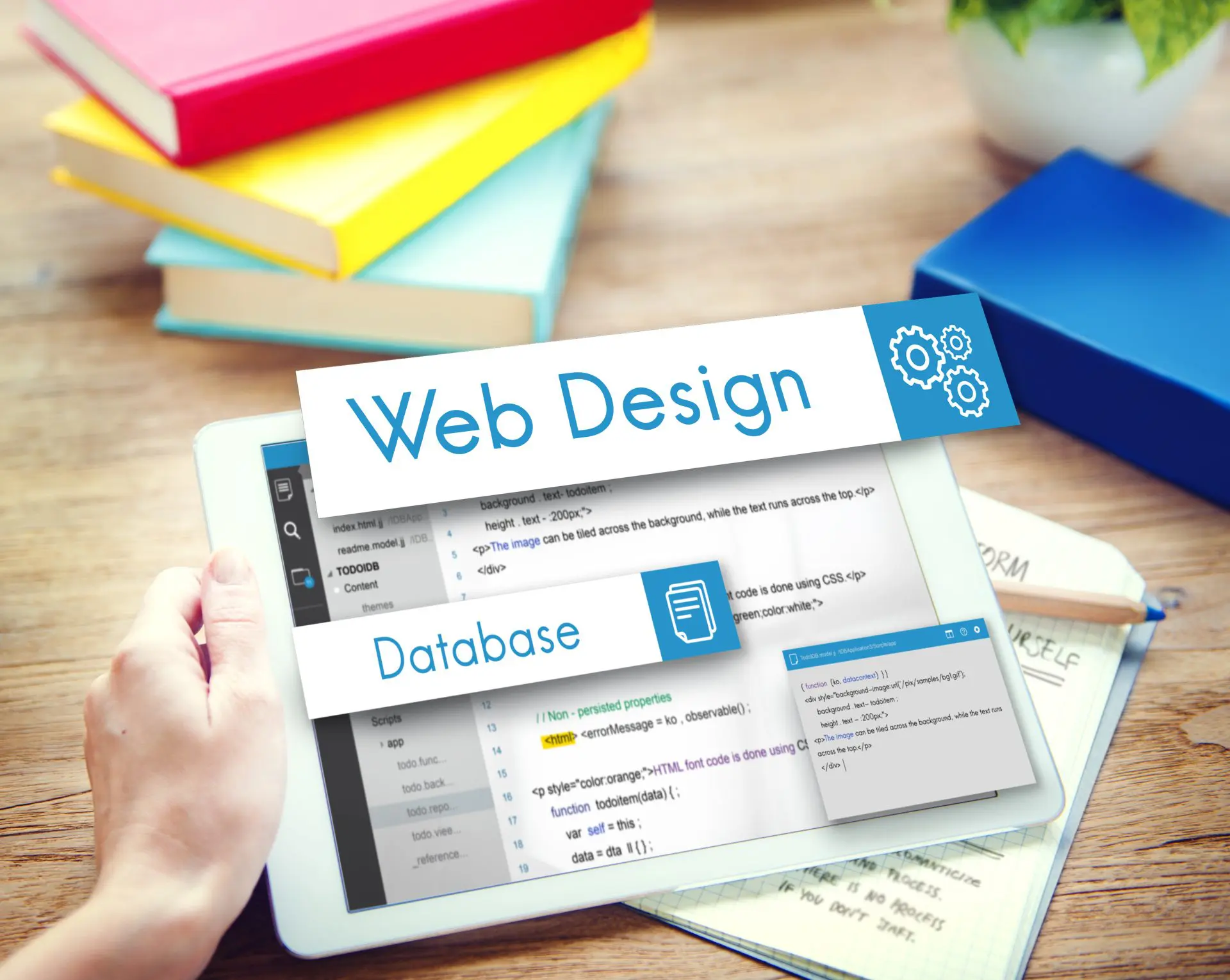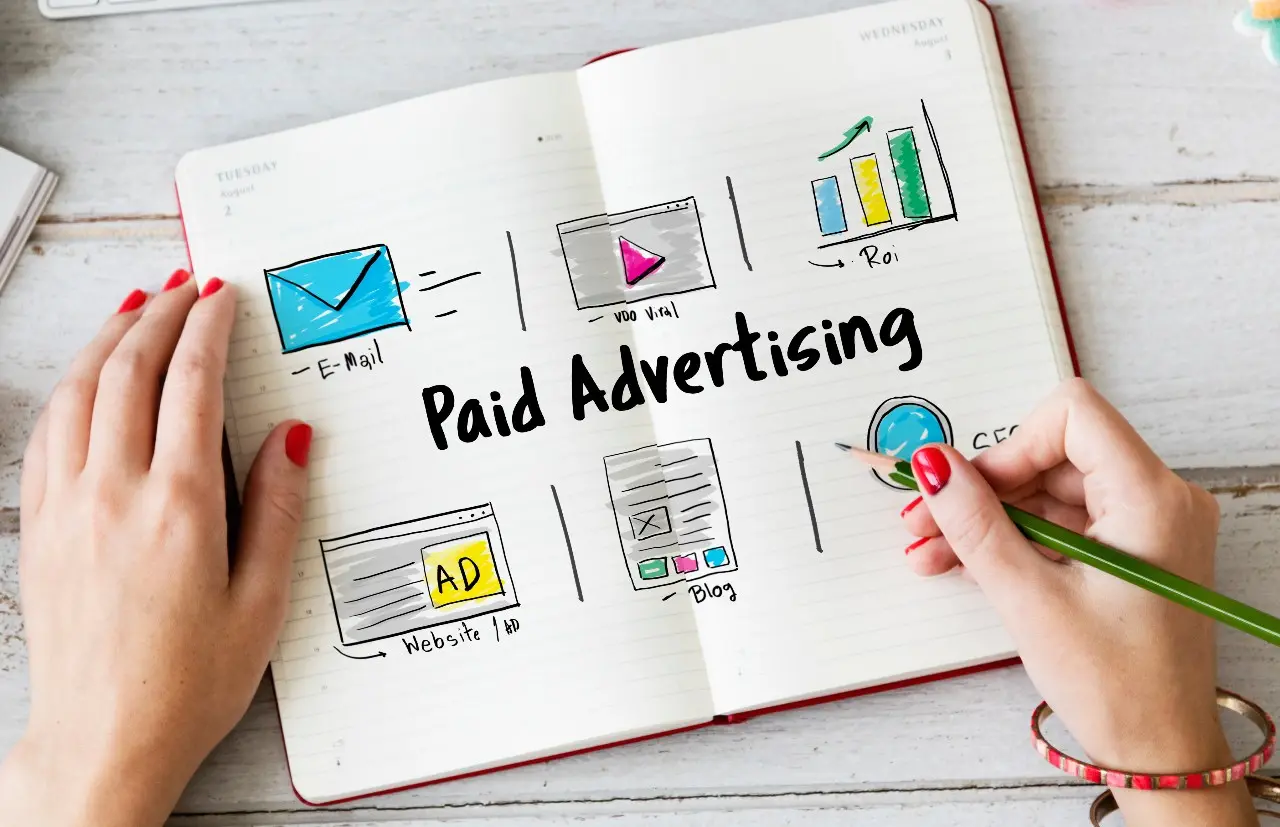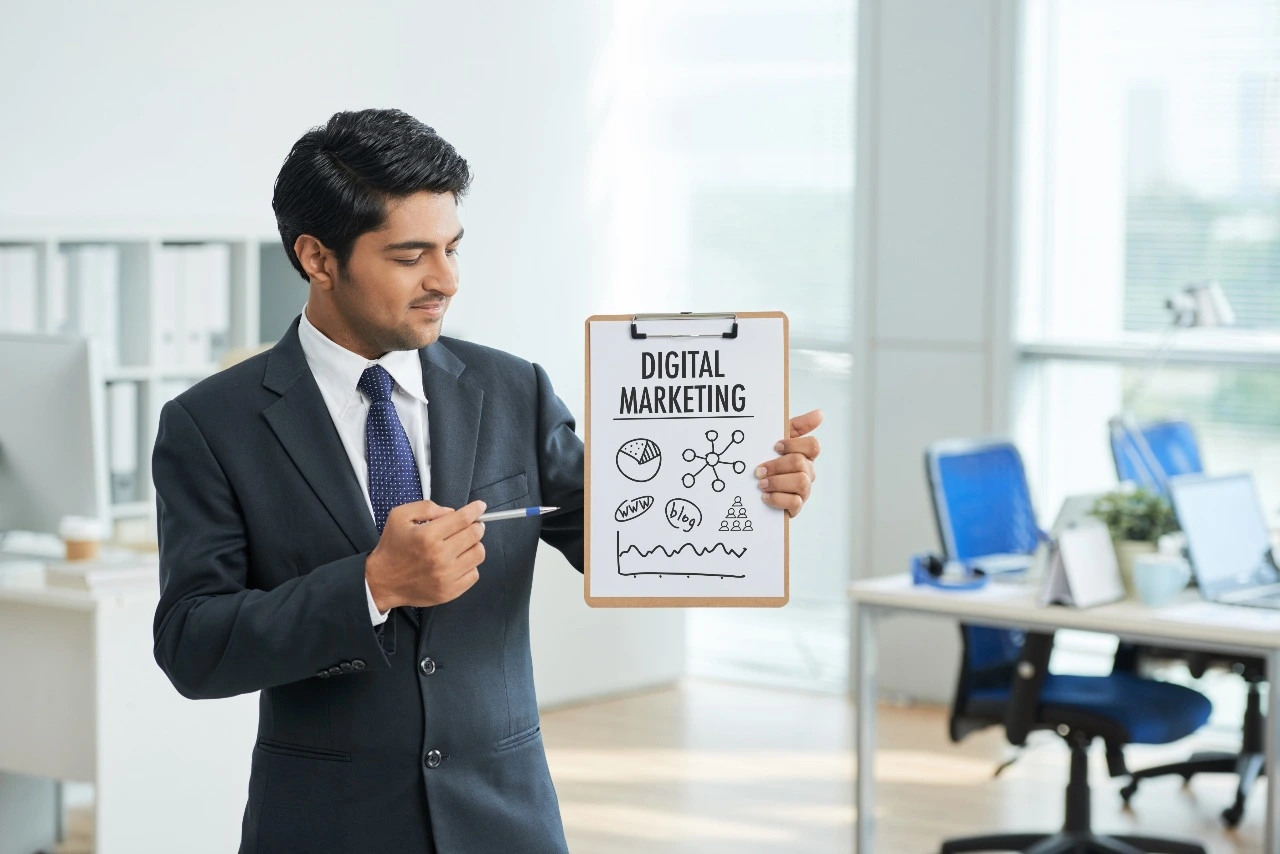Listen to article
Newsletter Usage Trends: Still a Top Performer?
In an era of ever-evolving digital marketing tactics, it’s tempting to chase the latest shiny object. But what about the tried-and-true methods? Are email newsletters still relevant in today’s B2B landscape?
Despite the hype around newer channels, the numbers tell a compelling story: B2B newsletters remain a powerhouse for content distribution, lead nurturing, and driving revenue. But with so many vying for attention in the inbox, how do you ensure your newsletter stands out? What are the key trends shaping newsletter strategy today?
This article dives into the latest B2B newsletter statistics, exploring everything from ROI and budget allocations to content preferences and engagement metrics. Whether you’re looking to optimize your existing strategy or launch a new newsletter, this data-backed analysis will equip you with the insights you need to succeed.
The Transformative Impact of AI in Newsletter Creation
AI is no longer a futuristic concept in marketing; it’s a critical tool redefining how marketers craft newsletters and other content. By automating time-intensive tasks and personalizing communications at scale, AI shifts the focus from manual effort to strategic creativity. As the demand for high-quality, engaging content grows, AI’s ability to brainstorm, draft, and refine has made it a game-changer in content marketing strategies.
- An impressive 91% of content marketers used AI tools in their content creation processes in 2023. Source
- 81% of marketers leveraging generative AI report it enhances their roles by making tasks more efficient and impactful. Source
- 65% of content marketers plan to integrate generative AI into their content development efforts. Source
- AI has dramatically reduced content creation time—63% of writers who used AI decreased their content development time from up to 20 hours to just 10 hours per week. Source
- Marketers are using AI to support diverse content types, including blog posts (58%), social media posts (55%), and short articles (49%). Source
- Half of B2B marketers use generative AI for brainstorming topics, with 45% employing it for headline and keyword research, and another 45% for drafting content. Source
- A striking 85% of marketers agree that incorporating AI has elevated content quality. Source
- 95% of marketers using generative AI for email creation find it effective, with 54% calling it “very effective.” Source
AI is undeniably transforming how marketers approach and execute newsletter campaigns by driving efficiency and improving results. But while the tools are powerful, not everyone is ready to capitalize on them, with only 28% of B2B marketers feeling confident in their understanding of AI’s marketing applications. The key isn’t just using AI—it’s using it thoughtfully to match your brand’s voice and align with your audience’s needs.
Pro Tip:
Start small by integrating AI into specific tasks like subject line generation, audience segmentation, or performance analysis. Testing different capabilities allows you to identify where AI adds the most value to your email marketing strategy while building confidence in its use. The right approach can help you harness AI’s full potential while keeping your audience at the heart of your campaigns.
For businesses looking to elevate their digital marketing efforts, especially in the realm of email newsletters, it might also be worth exploring outsourcing email marketing. Partnering with experts can ensure your campaigns are optimized, while also freeing up your internal resources to focus on higher-level strategy.
Email Newsletters: A Powerhouse for B2B Marketing Success
In the crowded digital marketing landscape, email newsletters have proven their staying power as a go-to tool for B2B marketers. Despite the rise of other communication channels, newsletters excel in building relationships, distributing valuable content, and nurturing prospects with unmatched directness and personalization. With their ability to cut through digital noise, newsletters remain an indispensable asset for driving engagement and keeping audiences informed.
- 81% of B2B marketers rely on email newsletters as their primary content marketing channel. Source
- 73% of marketers consider newsletters a core element of their content marketing strategies. Source
- 77% of B2B businesses integrate email newsletters prominently in their content plans. Source
- Email remains the top content distribution channel for B2B marketers, with an impressive 93% adoption rate—outpacing even social media at 92%. Source
- 87% of marketing leaders attribute email marketing as critical to their company’s success. Source
Email newsletters have cemented their place in the B2B marketing mix because they deliver results. Their ability to drive engagement, nurture leads, and build trust with audiences positions them as a cost-effective yet impactful channel. From fostering long-term client relationships to seamlessly distributing thought leadership content, newsletters offer unparalleled versatility in reaching decision-makers directly and effectively.
Make your newsletters work harder by segmenting your audience and leveraging data-driven insights. Personalization is no longer optional—use tools to tailor subject lines, content topics, and calls-to-action that resonate with your audience’s unique preferences and pain points. A well-crafted, relevant newsletter isn’t just opened—it drives action.
Unlocking the Impact of Email Newsletters: ROI, Budgets, and Automation Insights
In an era brimming with digital channels, email newsletters have secured their place as a cornerstone of B2B marketing strategies. Their consistent ability to drive measurable results—whether through ROI, automation, or engagement—proves they’re more than just a checkbox tactic. For marketers striving to balance budget efficiency with performance, newsletters provide a unique mix of predictability and scalability. It’s time to explore the numbers and trends that show exactly why this channel continues to thrive.
- Email marketing campaigns deliver an impressive average ROI of 36x, equating to $36 in revenue for every dollar invested. Source
- 68% of companies report improved content marketing ROI upon integrating AI into email campaigns. Source
- 40% of B2B marketers plan to increase their email marketing budgets, affirming its proven success. Source
- Email marketing ranks among the highest-ROI strategies, alongside SEO, mobile marketing, and content marketing. Source
- 14% of marketers highlight email campaigns as generating the strongest results compared to other channels. Source
- B2B brands roll out email campaigns roughly every 25 days, indicating the channel’s strategic rhythm. Source
- Automation drives an impressive 20% increase in lead generation compared to manual email campaigns. Source
- Metrics such as website engagement (69%), conversions (67%), and email engagement (64%) are key indicators for measuring B2B campaign success. Source
- Email marketing yields an average ROI of 4200%, cementing its dominance as one of the most lucrative digital marketing channels. Source
- Global email marketing revenue is projected to hit $13.69 billion by 2025, up from $7.5 billion in 2020. Source
- 82% of marketers use email automation, which has been shown to boost open rates by 8x. Source
A Timeless Strategy with Modern Potential
The enduring power of email newsletters lies in their adaptability. With data showing high ROI, growing budgets, and the transformative impact of automation, the potential for innovation remains vast. Marketers who embrace AI-driven personalizations, optimize sending cadences, and track performance metrics can maintain relevance and profitability in a competitive landscape. What’s more, email’s ability to seamlessly integrate with other marketing strategies—like SEO or content marketing—makes it a linchpin for holistic campaigns, especially in B2B environments.
Pro Tip:
To truly unlock email marketing’s potential, blend automation with hyper-personalization. Use dynamic content blocks and triggered sequences based on user behavior to deliver timely, meaningful messages. Don’t be afraid to experiment with testing subject lines, visuals, and call-to-actions to continuously refine performance for sustained growth.
Mastering the Art of Newsletter Personalization and Strategic Subject Lines
Email marketing remains one of the most effective tools for connecting with an audience—but success hinges on more than just hitting the “send” button. Crafting compelling subject lines, using AI-powered personalization, and segmenting your audience strategically can turn standard email campaigns into high-performing engagement drivers. Subject lines are your foot in the door, while personalization and segmentation ensure what’s inside resonates deeply and drives action. The stats below reveal just how impactful these strategies can be—and why neglecting them could mean your emails never get the attention they deserve.
- Nearly 47% of people base their decision to open an email on the subject line alone. Source
- 65% of email marketers report personalizing subject lines in over half of their campaigns. Source
- Personalized subject lines yield results: 77% of marketers say they improve performance. Source
- Subject lines with fewer than 70 characters perform best in terms of open rates. Source
- Adding emojis to subject lines can boost performance, with 73% of email marketers noting improvements. Source
- The word “newsletter” in a subject line can decrease CTR by 18.7%. Source
- 90% of marketers agree that targeted messages drive better email performance. Source
- 90% of email marketers confirm that audience segmentation enhances performance. Source
- Personalization tactics such as dynamic content or real-time updates improve email performance for 80% of marketers. Source
- 68% of marketers point to dynamic content as a major driver of improved results. Source
- AI-powered hyper-personalization is predicted by 39% of marketers to be the most transformative trend in email automation. Source
Key Insight: Elevate Email Campaigns with Smarter Strategies
Email remains at the heart of many marketing strategies, but high engagement requires a balance of creativity and strategy. Subject lines still set the tone for your emails—keep them sharp, concise, and engaging, and don’t shy away from emojis when relevant. However, the true powerhouse behind effective email marketing lies in data-driven personalization and segmentation. By tailoring your content to each recipient’s interests and behaviors, you’re not just improving open rates—you’re building trust and long-term relationships. With innovations like AI-powered hyper-personalization on the rise, now is the time to explore advanced tactics that ensure your emails feel both timely and relevant.
Pro Tip:
Experiment with dynamic elements like countdown timers, personalized product recommendations, or even location-based content to take your email campaigns to the next level. A/B testing isn’t just for subject lines—test different levels of personalization to discover what gets the best response from your audience.
Crafting Newsletter Content That Drives B2B Engagement
For B2B marketers, newsletters remain a cornerstone for nurturing relationships, building trust, and driving decision-making. However, it’s not just about sending out updates—it’s about delivering the kind of content that speaks directly to your audience’s needs, challenges, and goals. To stand out in a crowded inbox, it’s crucial to align your newsletter content with what your readers value most while leveraging the right distribution channels to amplify your reach.
- Case studies, surveys, and research reports are highly effective in engaging B2B buyers, as they provide reliable, data-driven insights that align with their need for informed decision-making. Source
- Nearly 48% of B2B marketers rate research reports as the top-performing content in newsletters, emphasizing the demand for credible, in-depth information. Source
- Social media continues to dominate as the primary content distribution channel for B2B marketers, with 90% relying on it to share and promote their newsletter content. Source
Align Content with Value to Build Trust
In the fast-paced B2B landscape, your audience isn’t just looking for standard updates—they’re seeking actionable insights that simplify their decision-making process. By prioritizing value-focused content like case studies, research reports, or survey findings, you can position your brand as a reliable source of expertise. And while email is a must for direct communication, don’t underestimate the reach and amplification power of social media. When these channels work hand-in-hand, you not only extend the life of your newsletter content but also meet your audience where they are most active.
Pro Tip:
Create a seamless content journey by repurposing research-heavy articles or reports into social media posts, infographics, or webinar invitations. This multi-format approach not only diversifies your content but also reinforces your authority across platforms, driving deeper engagement. For more ideas on maximizing your email campaigns, check out this guide on email marketing B2B lead generation.
Unlocking the Power of B2B Newsletter Metrics and Investment Trends
B2B newsletters remain a cornerstone of effective marketing strategies, offering unmatched opportunities to engage with niche audiences. However, the real magic lies in understanding the metrics that reflect audience behavior and recognizing where to allocate your resources for maximum ROI. With open rates, click-through rates (CTR), and email timing all playing pivotal roles, marketers must go beyond generic tactics to craft strategies that genuinely resonate with their audience. Pairing these insights with intelligent investment decisions can help B2B teams stay competitive and drive meaningful results.
- The average email engagement rate (measured by open rate) across all industries is 36.5%. Source
- Email marketing newsletters with a weekly cadence tend to have the highest engagement, boasting an average open rate of 48.31% and a CTR of 5.71%. Source
- Technology and transportation services lead in CTR among all industries, tying at 2.6%, while the average CTR across all industries is 1.4%. Source
- A significant portion, 21.2%, of all email opens occur within the first hour after sending, highlighting the importance of timing. Source
- 43% of email recipients in the US admit to frequently deleting emails from brands without reading them, underscoring the need for compelling content and subject lines. Source
- B2B organizations allocate around 15% of their marketing budget to SEO, surpassing investments in AI chatbots (12%) and video marketing (9%). Source
- Product awareness and product promotions are the primary goals for email marketing strategies, with 16% of professionals prioritizing each. Source
- When measuring the success of email marketing efforts, 26.5% of email marketers focus on conversion rate, while 24% track CTR. Source
- 55% of marketers leverage emails to drive sales, while 44% use them for lifecycle marketing goals. Source
Metrics and Relevance Shape Newsletter Performance
The numbers underscore a simple but critical truth: email marketing success hinges on relevance. From timing your emails to land when engagement is highest, to allocating budgets toward strategies that yield measurable results, every decision contributes to your campaign outcomes. For B2B marketers, newsletters are not “set it and forget it” tools—they require constant optimization and alignment with audience behavior. Emphasizing strong subject lines and personalized, actionable content can also help overcome the challenge of deleted emails.
Pro Tip:
Use data-driven insights not just to measure success but to guide your strategy. Tools like heatmaps or engagement reports can reveal which parts of your emails capture attention. Combine these findings with ongoing A/B testing to refine every element of your newsletters, from timing to design, and deliver the right message at the right moment.
Tackling Newsletter Hurdles: From Deliverability to Driving Revenue
Newsletters remain a cornerstone of marketing strategies, yet they come with distinct challenges—especially as inboxes grow more crowded and consumer expectations for personalization soar. For marketers, the goal is not just reaching the inbox but creating meaningful connections that lead to measurable ROI. With the right tactics and tools, overcoming these obstacles is entirely achievable. Let’s dive into the numbers shaping the current landscape of newsletter performance:
- 65% of marketers report increasing difficulties with email deliverability. Source
- In 2023, 86% of emails reached inboxes successfully, while 7% ended up as spam and another 7% were lost. Source
- Personalization is a sticking point for many: 18% of marketers cite creating personalized emails as their top challenge, and 20% struggle to collect the necessary audience data. Source
- While 52% of B2B marketers believe their content generates leads, only 33% feel it directly drives revenue. Source
Turning Challenges into Opportunities
These pain points reveal a clear opportunity for marketers to rethink their approaches to email strategy. With deliverability issues on the rise, refining your sender reputation and list hygiene has never been more critical. The data also highlights that personalization isn’t just a “nice-to-have” anymore—it’s an expectation. Closing the gap between engagement and revenue requires businesses to move beyond generic messaging and prioritize lifecycle-specific content tied to their audience’s readiness to convert.
Use automation tools to leverage real-time behavioral data, such as clicks or downloads, to hyper-personalize your email sequences. Pair that with A/B testing to identify which approaches resonate most with your audience for maximum impact—and don’t forget to measure the revenue impact of every campaign to ensure alignment with your broader business goals.
Conclusion
As email marketing continues to evolve, newsletters remain a powerhouse in the B2B marketing toolkit. The data speaks volumes: from AI-driven efficiency gains to impressive ROI figures and growing budgets, newsletters have proven their ability to adapt and thrive in an ever-changing digital landscape. However, success hinges on strategy—understanding your audience’s preferences, optimizing subject lines, and leveraging tools like personalization and segmentation are pivotal for engagement.
The key takeaway? Newsletters are more than a channel; they’re a bridge that connects businesses with their audiences, delivering value, nurturing relationships, and driving measurable results. Whether you’re looking to boost engagement, streamline workflows through AI, or close the revenue gap, newsletters offer endless opportunities to refine your marketing strategy.
Ready to boost your traffic and grow your website? Your customers are looking for you, and our SEO services can help you be found across search engines. Let’s transform your content strategy and unlock the full potential of your email marketing efforts today.
About Creating Newsletter Usage Trends: Still a Top Performer?
This guide was written by the Scopic Studios team and reviewed by Araksya Hakobjanyan, SEO Lead at Scopic Studios.
Scopic Studios delivers exceptional and engaging content rooted in our expertise across marketing and creative services. Our team of talented writers and digital experts excel in transforming intricate concepts into captivating narratives tailored for diverse industries. We’re passionate about crafting content that not only resonates but also drives value across all digital platforms.
Note: This blog’s images are sourced from Freepik.



